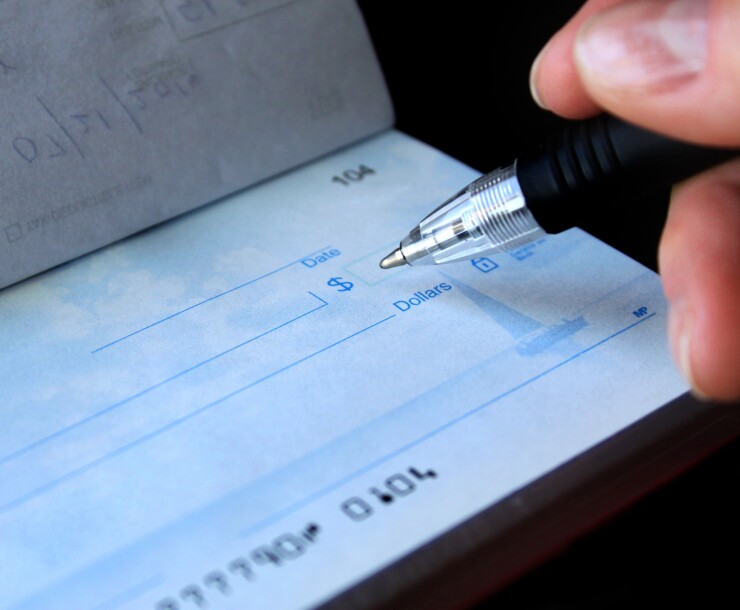During the Great Depression of the 1930s, the U.S. banking system suffered a crisis of confidence. Many families who entrusted their life savings to their banks lost everything. The crisis prompted the creation of the Federal Deposit Insurance Corp. to restore public confidence and stability in our nation's banking system.

Fast forward to March 2020. The COVID-19 pandemic presented the biggest shock to the U.S. economy since the Depression, causing sudden job losses and severe economic contraction. What did U.S. households do when faced with this crisis? They turned to banks. Deposits soared as millions of individuals and businesses sought the safety and security of placing their funds into banks. Rather than a collapse of confidence, we witnessed the strength of our insured banking system.
According to the FDIC's latest National Survey of Unbanked and Underbanked Households, 96% of all U.S. households had at least one checking or savings account at a bank or credit union in 2021. Conversely, the percentage of unbanked households, those with no banking relationship at all, fell to its lowest level since the FDIC survey began in 2009.
Many previously unbanked consumers reported that receiving government benefit payment and finding a new job during the pandemic contributed to their decision to open a bank account. These findings highlight the importance of making sure consumers experiencing such "bankable moments" can find and easily open a bank account that meets their needs. Meanwhile, a growing number of banks offer basic checking accounts with affordable, transparent fees and no overdraft charges. These Safe Accounts are making it possible for more people to experience a positive banking relationship.
While the decline in the number of unbanked households demonstrates we are making progress, much work remains to ensure all Americans have meaningful access to our banking system. The FDIC's survey continues to document troubling racial and ethnic gaps. Black and Hispanic households, single mothers and persons with disabilities are all more likely to be unbanked. While 2% of white households are unbanked, more than 11% of Black households and 9% of Hispanic households were unbanked in 2021 — disparities that remain at every income level.
There is no doubt consumers benefit from a banking relationship. Having a bank account with an FDIC-insured financial institution can offer a number of benefits not available outside the banking system — not the least of which is the security that comes with knowing insured deposits are protected should that institution fail. Banking with an insured institution also provides consumers greater confidence in the availability of legal protections, including timely availability of funds and protections against unauthorized transactions.
A simple checking account today may also lead to a home mortgage or small-business loan tomorrow. Having an existing banking relationship may make all the difference in the quality and cost of financial products a consumer may qualify for when they need bank credit.
The FDIC continues to work closely with stakeholders in and out of government to identify opportunities to expand and support participation in the banking system. We are seeing real momentum as we work to bring more individuals and families into our banking system. This was especially true during the COVID-19 pandemic.
We must build on this success. It is our bankable moment.






